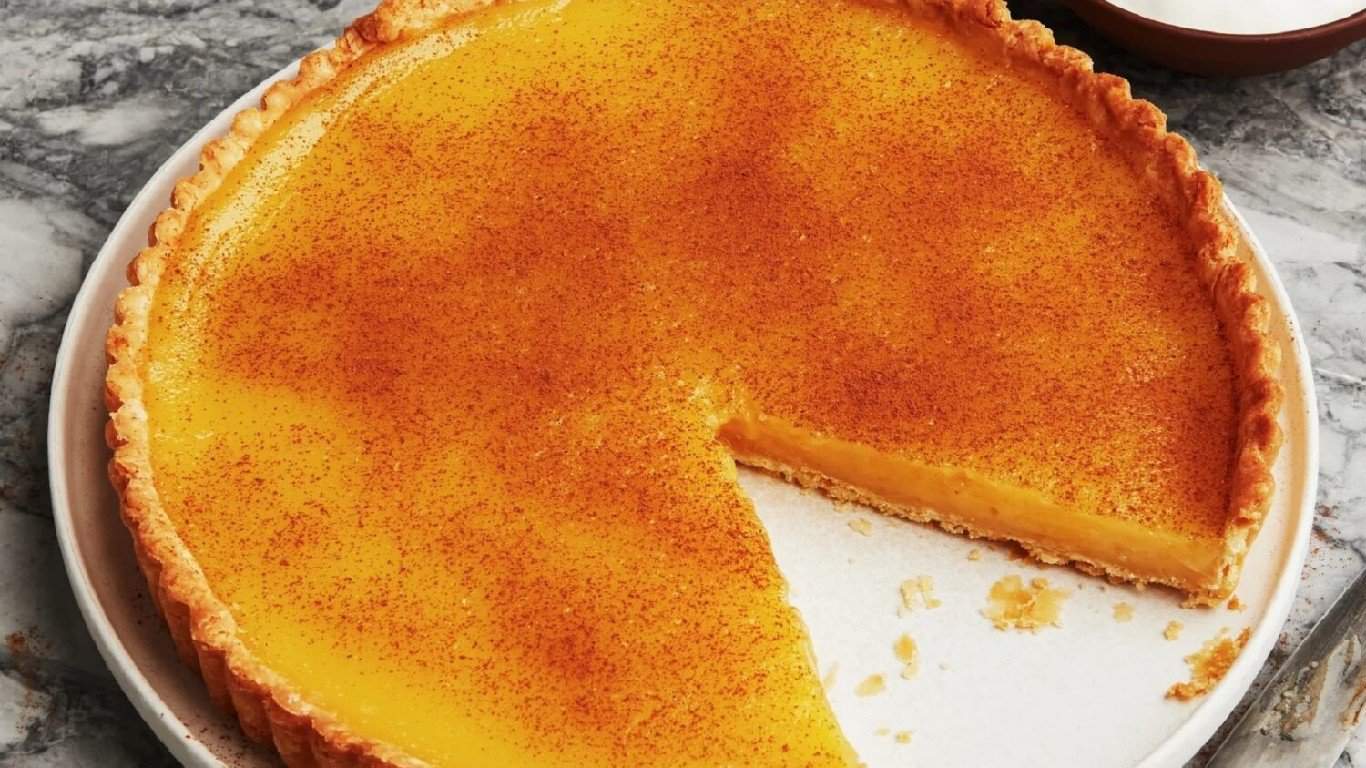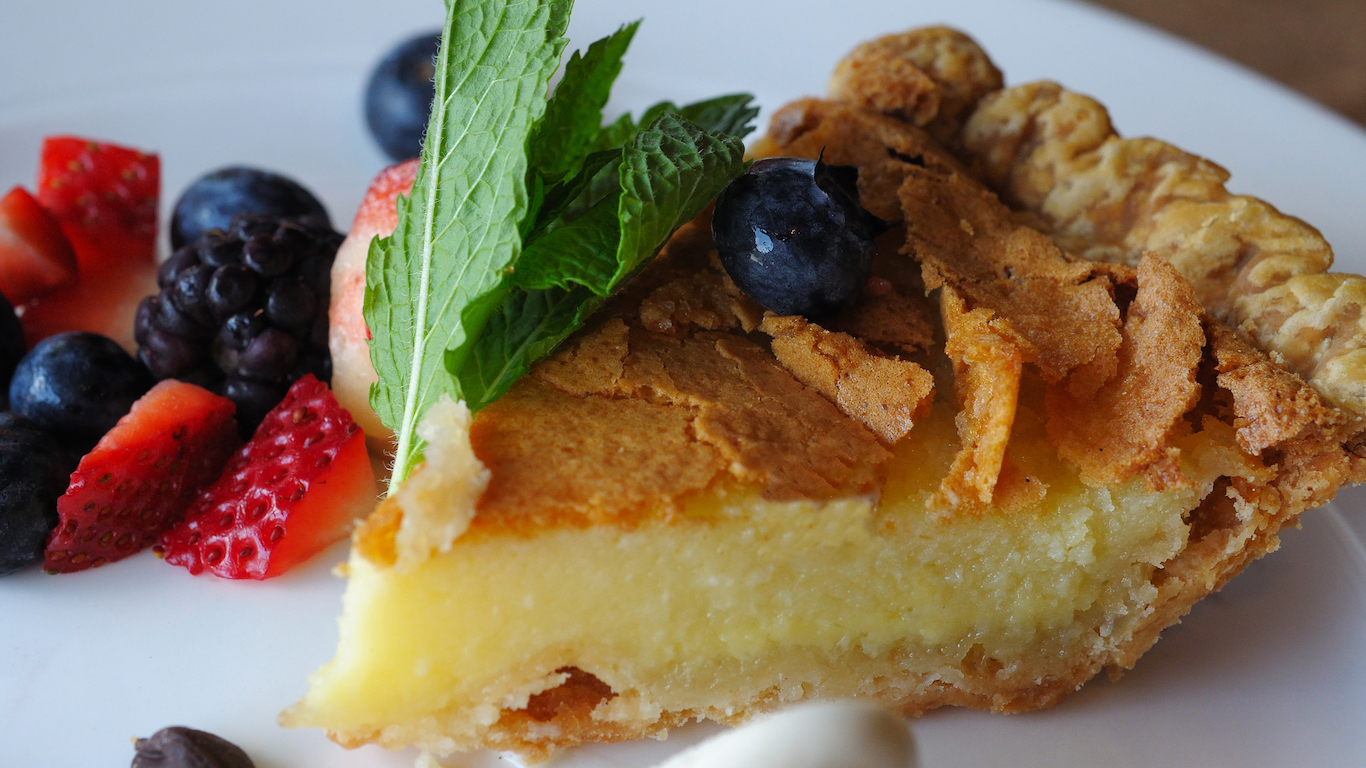What is life without a little sweetness? Desserts can lift the spirits and turn a lousy day around. In good times and bad, home cooks have whipped up decadent and comforting sweets for their families. During the Great Depression, as the Nation plunged into an economic downturn, thrifty cooks nevertheless found ways to get dessert on the table despite a lack of ingredients.
When eggs, milk, or butter weren’t available, bakers used oil, water, and creative binders like mashed potatoes, peanut butter, and even canned soup. Substituting ingredients was a common practice, with vinegar standing in for lemon juice, and crackers sometimes taking the place of apples.
24/7 Tempo has compiled a list of Depression-era desserts that are worth a try by scouring through heirloom recipes posted on cooking websites like TasteofHome, focusing on desserts that are no longer commonplace and that utilized elements of frugality and ingenuity.
While most of these recipes are relics that have gone out of fashion, some saw a bit of a revival during the supply shortages of the pandemic. Others are still regionally popular in limited areas, but not widespread throughout the nation. (This is the most iconic dessert in every state.)
Here are 16 Depression-era desserts that are worth a try:
Mock apple pie
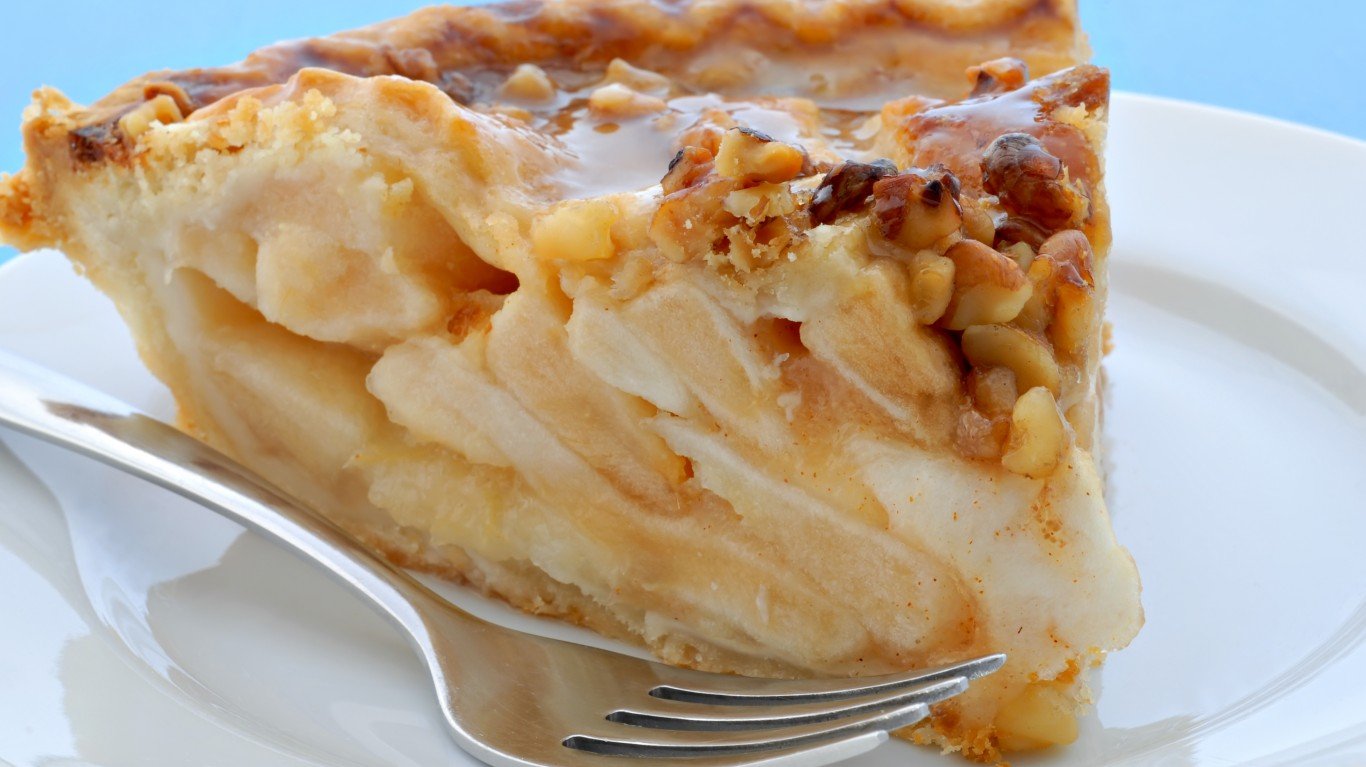
It may look and taste like apple pie, but this dessert uses crackers as a filler instead of fruit. As apples were sometimes hard to come by when out of season, home cooks would use crackers and lemon juice to simulate an apple filling. The technique began in the mid-19th century but grew in popularity in the 1930s after Ritz began publishing a recipe for mock apple pie on its cracker boxes.
Mystery cake

“Tomato soup cake” doesn’t sound very appetizing, so this Depression-era staple with a secret ingredient was often referred to as “magic cake” or “mystery spice cake.” Canned tomato soup was cheap and readily available. It could replace the milk, eggs, butter, and some of the sugar in a recipe, resulting in an incredibly moist, if oddly orange-tinged, cake. Fans of mystery cake liked it so much they continued making it into the ’60s.
Navy bean pie
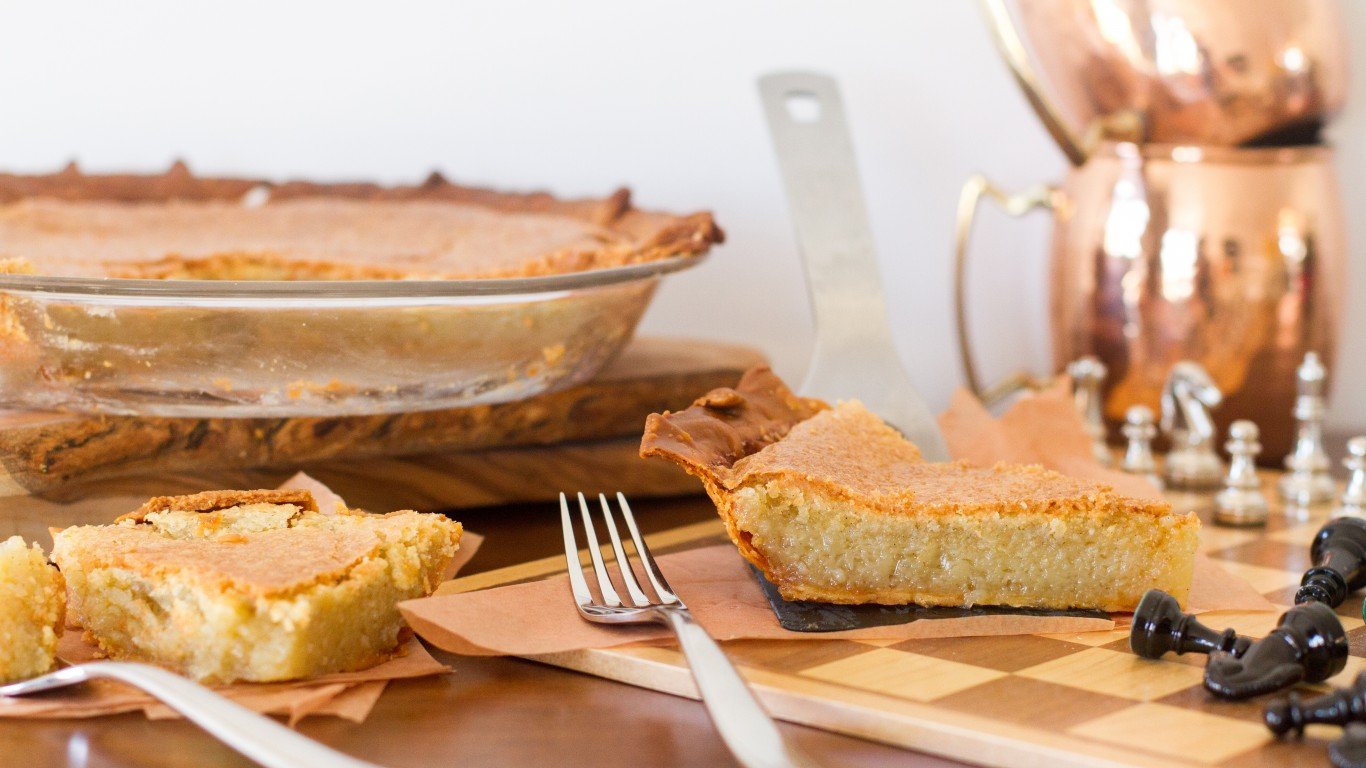
Beans were a staple for nearly every family in the 1930s, and bean pies were a nutrient-dense and protein-rich dessert. These custard pies, with a texture similar to sweet potato pie, became popular in Southern Black households. They remain a beloved treat in Black Muslim communities, where cooks embraced them as an alternative to richer soul food desserts.
Prune pudding
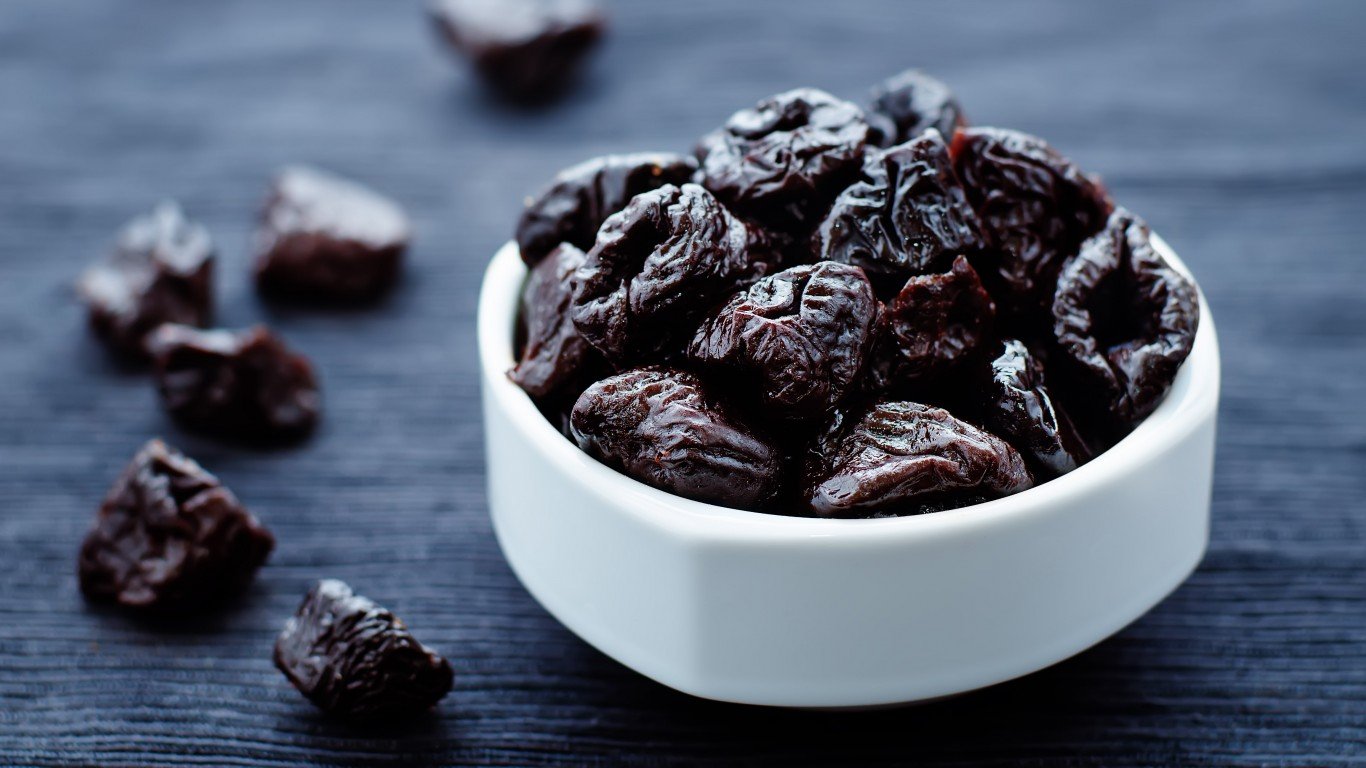
Eleanor Roosevelt famously served thrifty meals at the White House during the Depression, in order to set an example of frugality for the American people and to not cause an uproar by continuing the tradition of elaborate feasts while the general public could barely afford to eat. One of the dishes she championed was prune pudding. With a little lemon zest in warmer months or cinnamon and nutmeg during chillier times, this fiber-rich pudding doesn’t need much sweetener and can be enjoyed for breakfast as well as dessert.
Wacky cake

If lacking butter, milk, or eggs, home cooks could still manage to get a decadent dessert on the table with a few substitutions. What came to be known as “wacky cake” called for oil instead of butter, water instead of milk, and didn’t need eggs at all. The cake was leavened with vinegar and baking soda, and just so happened to be vegan.
Poor man’s pudding
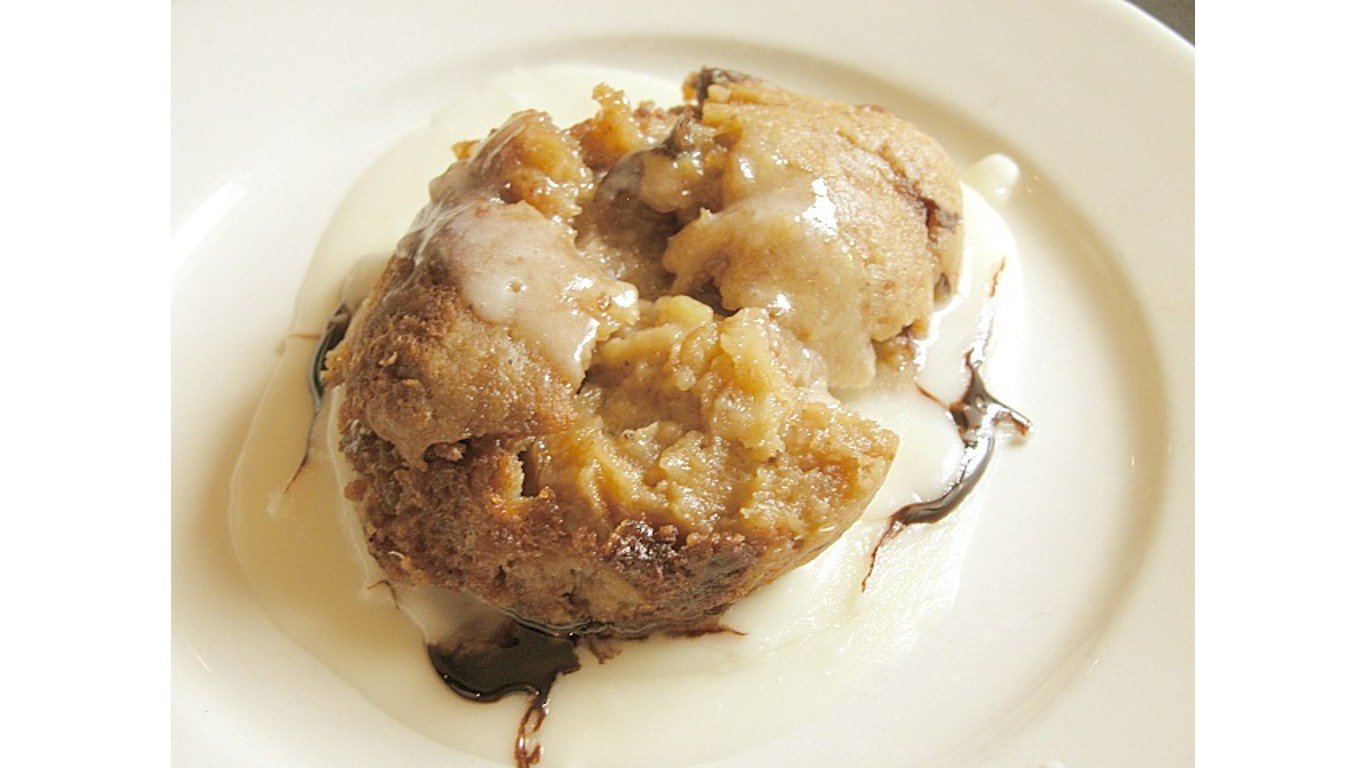
Pouding chômeur is a French-Canadian treat created in Quebec during the Great Depression. It consists of an eggless cake batter with a hot caramel or maple syrup poured into it before baking. This results in the formation of a gooey layer at the bottom of the pan, reminiscent of old-fashioned American pudding cakes.
Potato pinwheel candy
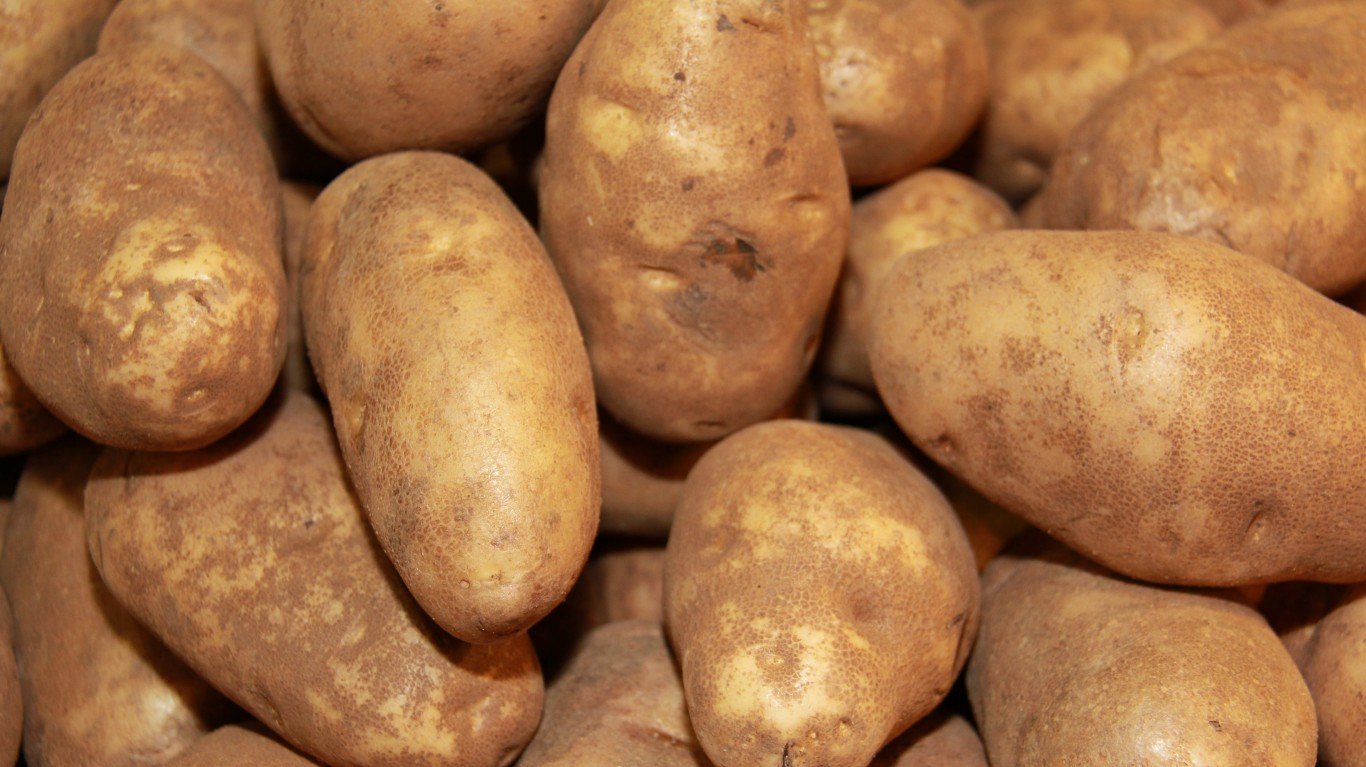
This Appalachian candy uses mashed potatoes as a base. Mixed with copious amounts of powdered sugar and rolled around a layer of peanut butter, potato candies (sometimes called peanut butter pinwheels) taste nothing like potatoes, but are fudgy, filling, and economical.
Frozen fruit salad

Frozen fruit salad
This indulgent treat of canned fruit and sweetened whipped cream was made on special occasions, in the winter, or if a family had access to a freezer. While it was sometimes made with canned pineapple and maraschino cherries or cherry pie filling, it was also commonly made with cheaper canned fruit cocktail.
Chocolate potato cake
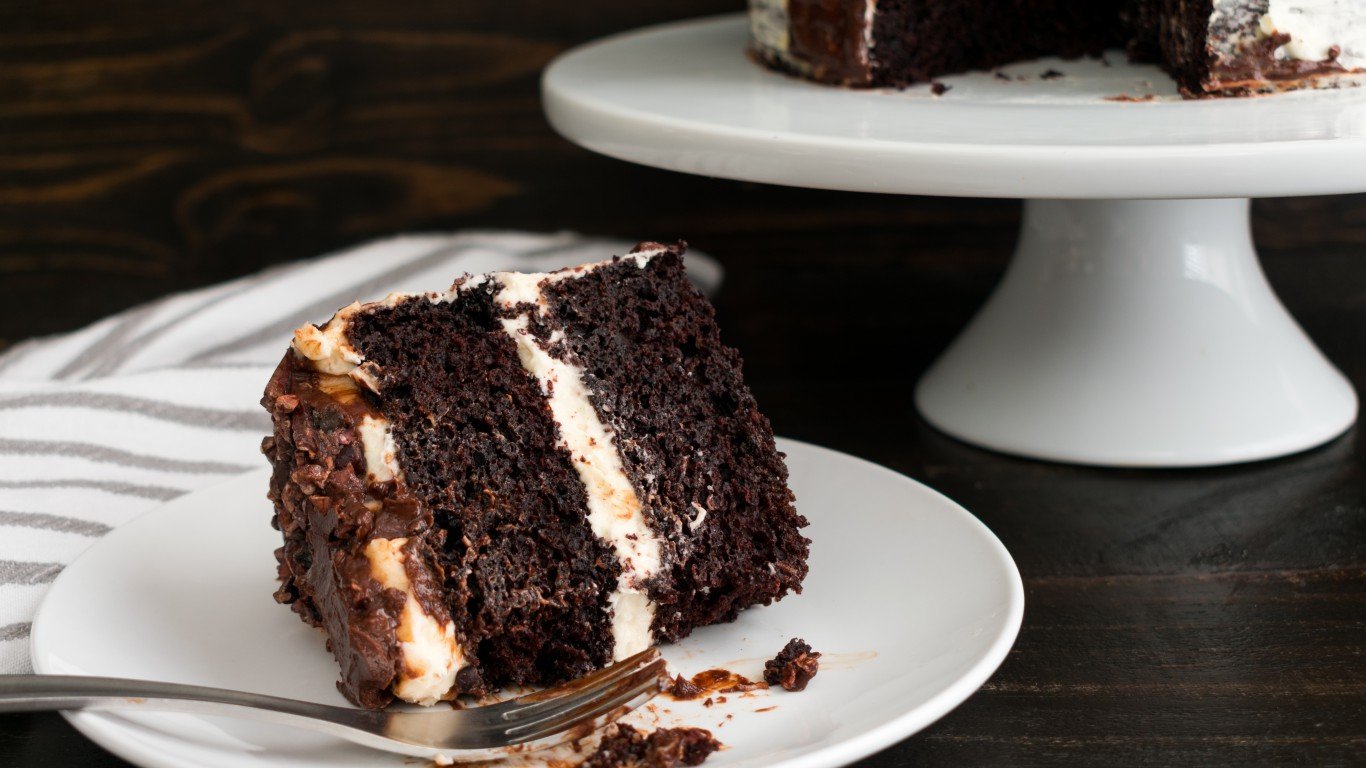
As potatoes were cheap and easy to come by, they found their way into numerous recipes. One of the most exceptional, however, was the chocolate potato cake. Rich, moist, and dense, this dessert utilized leftover mashed potatoes; but you’d never even know it.
Vinegar pie
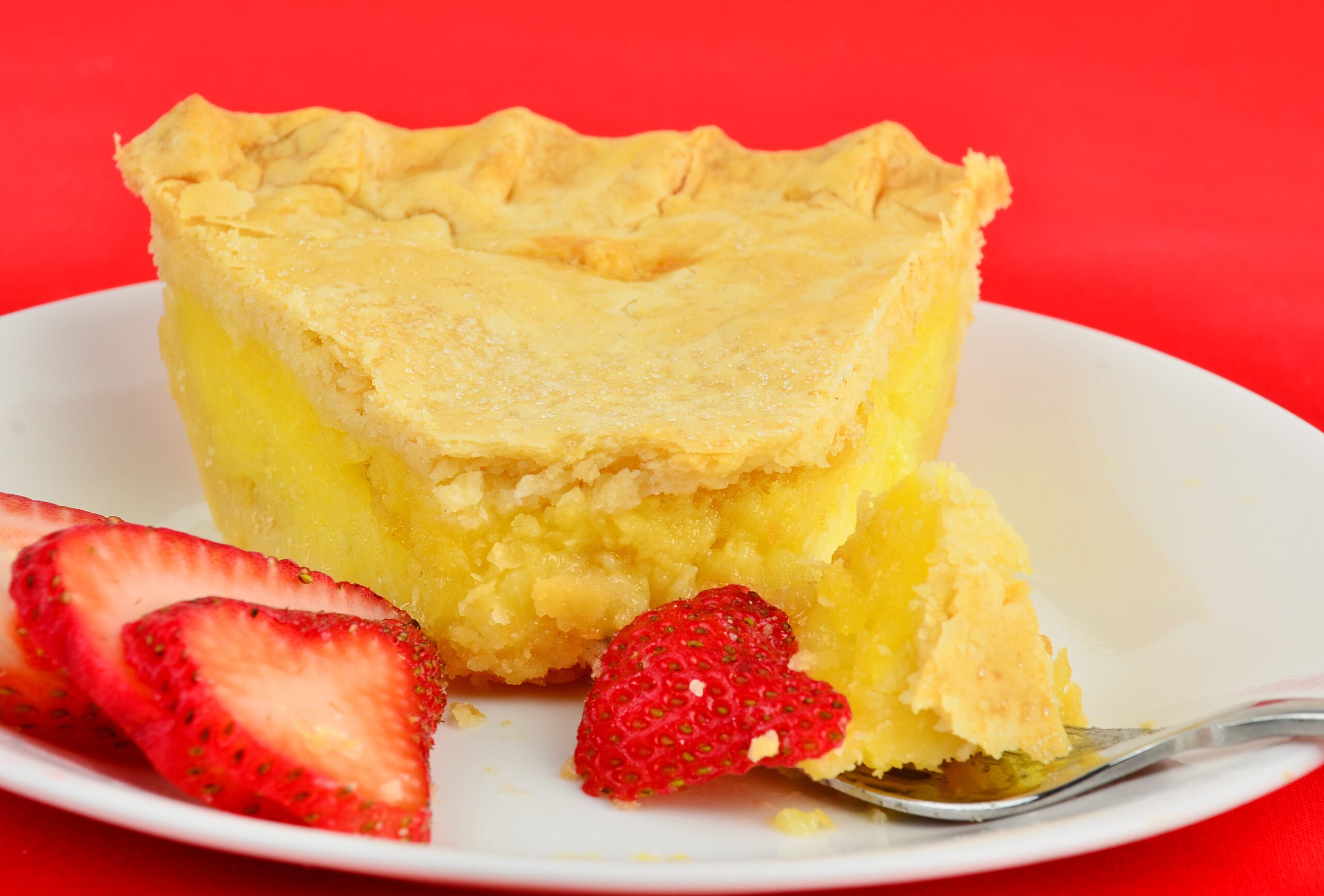
Citrus fruits were scarce in many places, so home cooks figured out a way to make a lemon pie with no lemons. Vinegar pie uses a small amount of white or cider vinegar to mimic lemon juice, and the end result is a tart, sweet pie similar to a lemon chess, with no noticeable hint of vinegar.
Peanut butter bread
When commercial brands of peanut butter began popping up in the late 1920s, the price of peanut butter went down and this protein-rich spread became commonplace in most households. Peanut butter bread, which is a “quick bread” like banana bread, doesn’t need yeast to rise, and uses peanut butter in the place of butter and eggs.
Baked apple pudding

This moist pudding cake used chunks of apple for texture, and was served warm. Some recipes called for hot water to be poured into the batter before baking, which created a gooey pudding bottom, while others omitted the water and had a sturdier crumb.
Sugar cream pie
Also known as Hoosier pie, this simple custard pie has become a Midwest tradition, especially in Indiana. The simple filling made of butter, cream or milk, and sugar doesn’t require eggs, but uses flour as a thickener. It can be flavored with vanilla and often comes dusted with nutmeg.
Chocolate mayonnaise cake
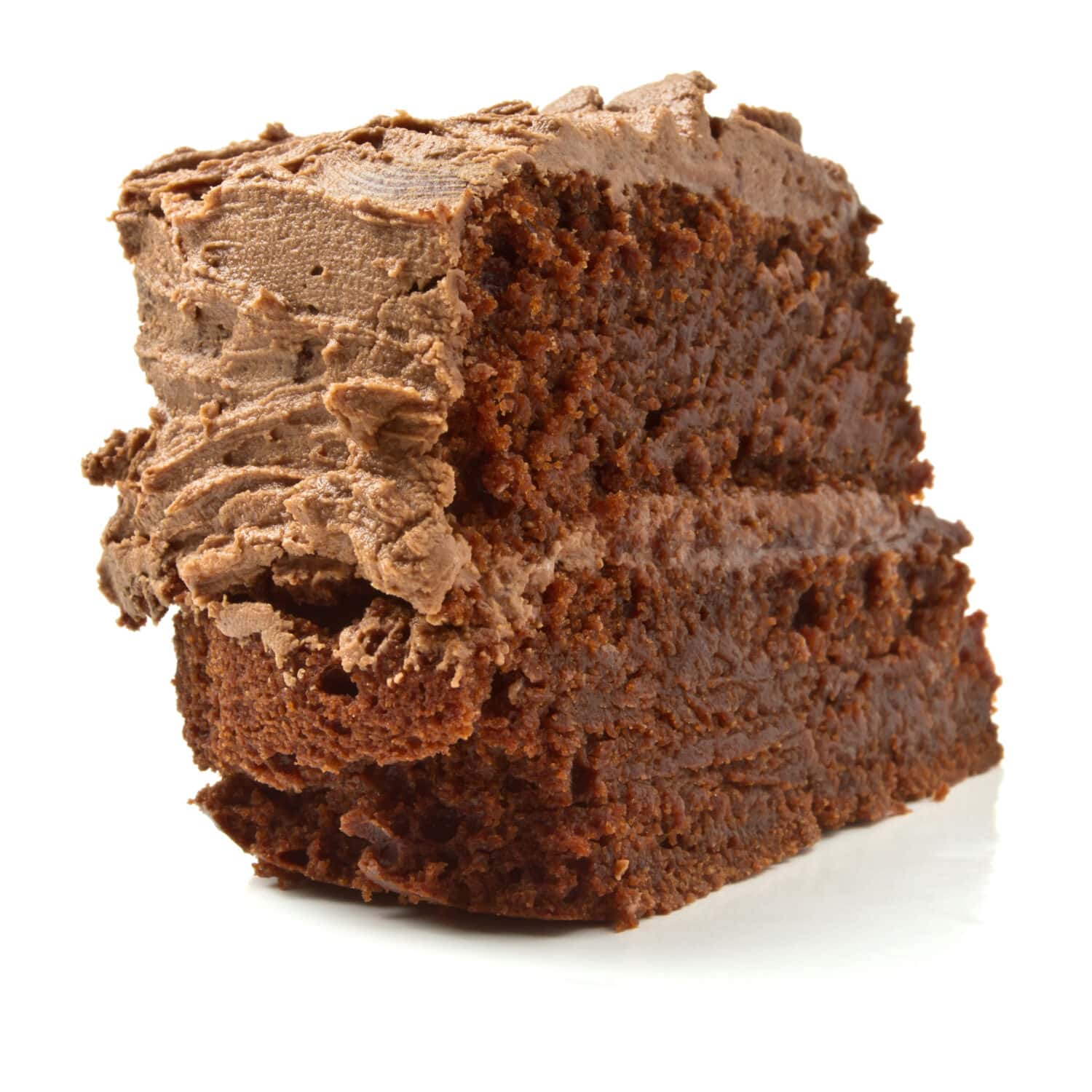
When eggs and butter were scarce, home cooks turned to mayonnaise – which consists of mostly eggs and oil – to keep their cakes moist. Cocoa powder remained widely accessible during the 1930s, hence the profusion of chocolate cake recipes to come out of the Depression.
Boiled raisin cake
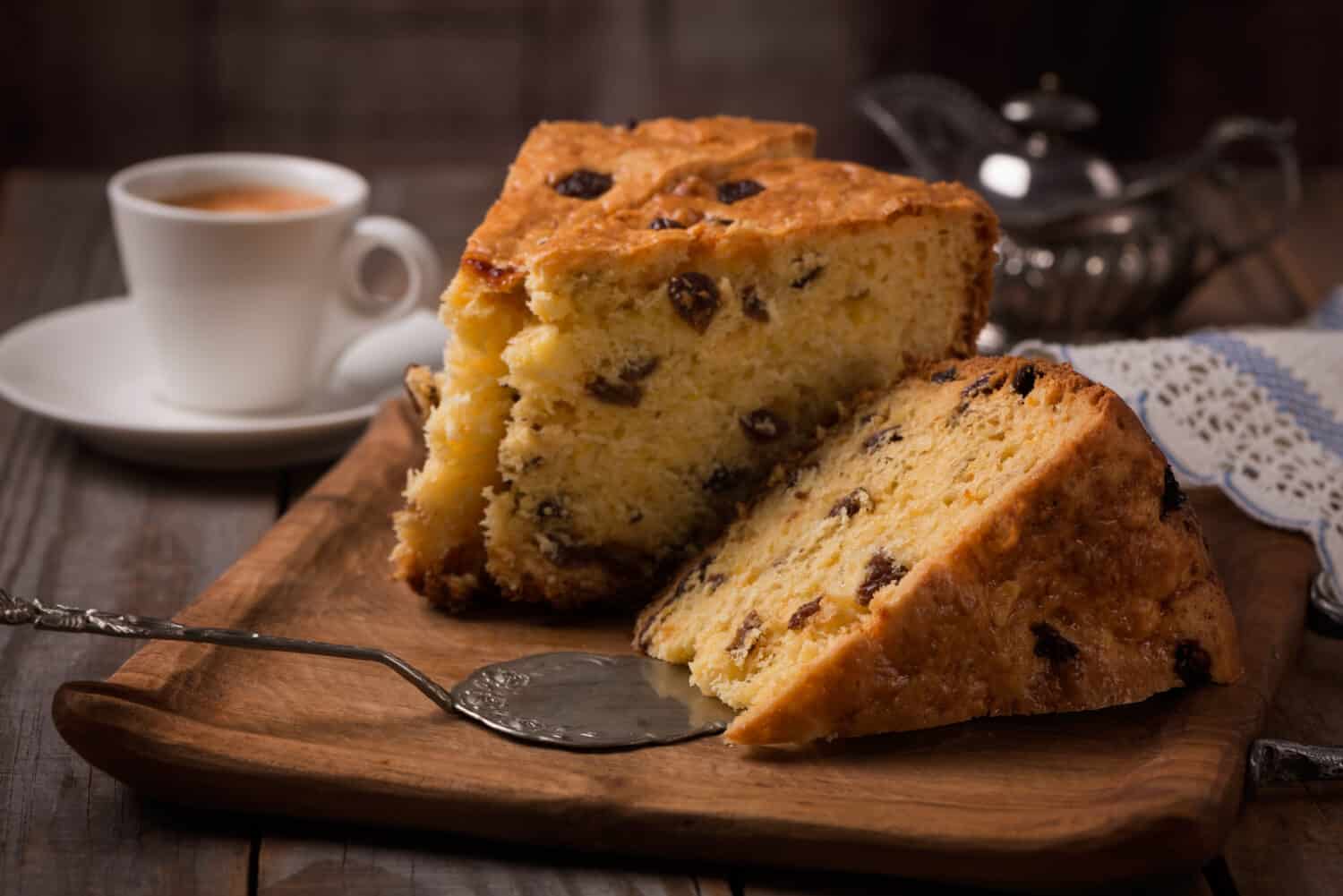
This heavily spiced cake is sometimes simply referred to as “Depression cake.” It relies on boiled raisins for flavor and moisture, and doesn’t require butter, milk, or eggs. Cinnamon and nutmeg compliment the deep dried fruit flavor, and a few versions use molasses for extra flavor.
Water pie
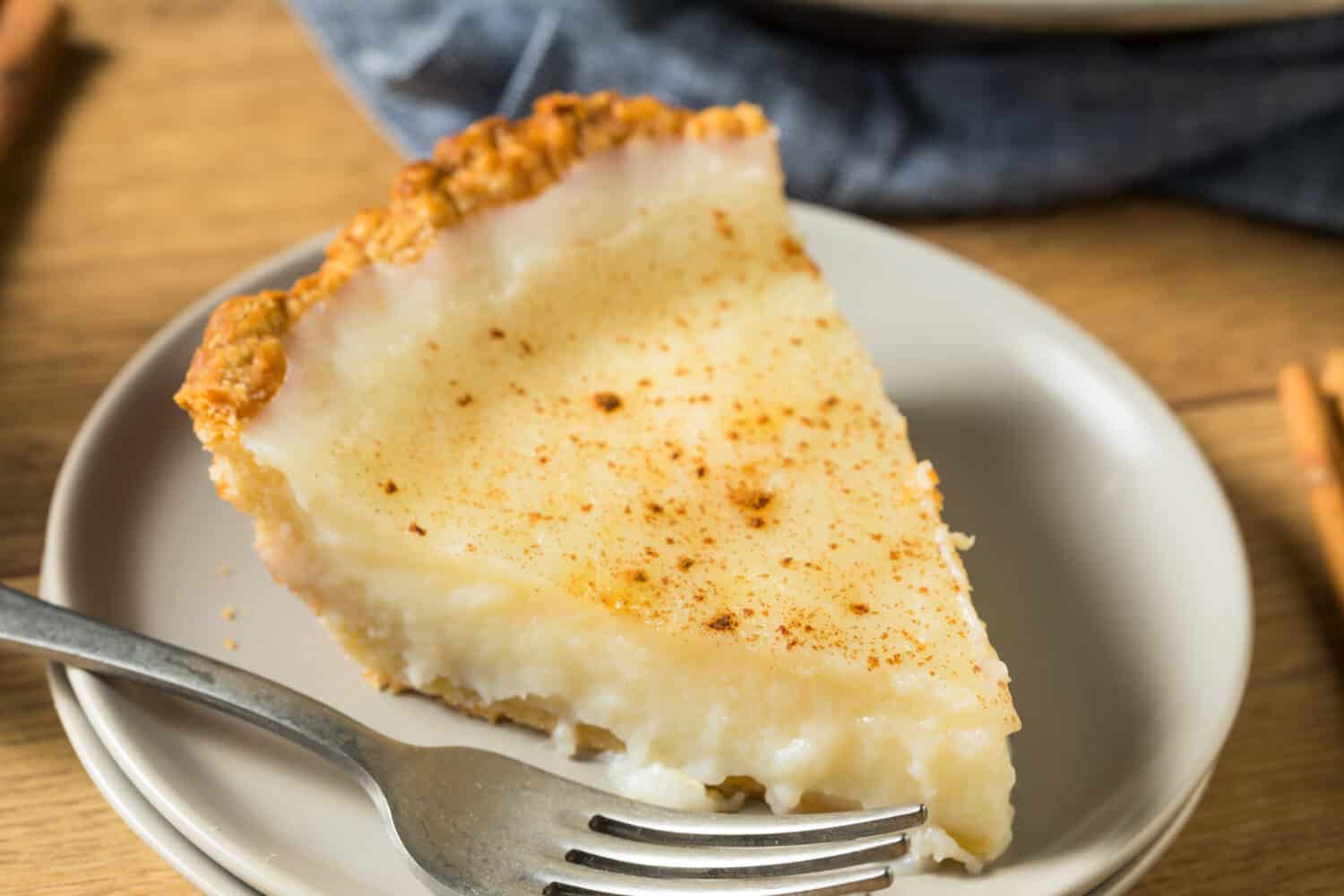
Even without milk or eggs, home cooks figured out how to make custard pies with a bare minimum of ingredients. This surprisingly delicious dessert contained a pie filling made of just water, sugar, flour, and butter, with a little vanilla extract if it was available.
